What are some of the distinctive ways that precarious arts collectives share resources, support each other, and make art?
I recently learned a lot about this topic from a workshop of international artists convened in Amsterdam. Most of the artists are associated with the so-called Lumbung Practice collective, an interdisciplinary group experimenting with how to cultivate a commons-based art economy.
The artists come from Indonesia, Iran, Morocco, transqueer-migrant disaporas, and other geographies and circumstances, so they have some very different experiences and talents. And yet they have a deeply shared interest in commoning. What has brought them together is the Lumbung Practice master’s program at the Sandberg Instituut in Amsterdam, directed by Gertrude Flentge. It's an arts program dedicated to commoning in the arts!

Lumbung is an Indonesian term for a communal rice barn, which is a space in which farmers contribute their harvests, collaboratively manage its storage and distribution, and share a social space of interdependence. It’s a culturally resonant practice for describing a community based on trust, generosity, sufficiency, endurance, place-based work, ethical dealings, and humor.
The term Lumbung got a huge burst of visibility a few years ago when an Indonesian artist collective, ruangrupa, was selected to curate documenta 15, a prestigious international art exhibition in Kassel, Germany. The group boldly decided to run the high-profile exhibition as an experiment in commoning, inviting dozens of artists from around the world to collectively curate the art. Suddenly there was a more recognized term for the contextually based, relational practices of artists. Flentge joined the ruangrupa team to help develop the documenta 15 exhibition in 2022, so she learned a great deal about the ethic and practices of Lumbung during that time.
Because there were so many fascinating stories of artistic collaboration being shared at the Amsterdam workshop, I thought it would be great to hear more from artists on how they engage in commoning in their own ways, in difficult circumstances.
In my latest episode of Frontiers of Commoning (Episode #61), I speak with three arts collectives -- from Iran, Indonesia, and The Netherlands -- who work in the same tradition as Lumbung, but of course with their own native variations, inflections, and vocabularies.
The first arts collective is known as "-" (dash), an Iranian group of artists based in the city of Isfahan. I spoke with an artist who goes by the pseudonym "M" because she fears politically repercussions for speaking too candidly. (dash) helps convene over a hundred artists from diverse backgrounds every Tuesday at Emrooz Gallery to discuss how they can create a better environment for life and creating art in Isfahan. The group is semi-nomadic in the sense that it doesn’t have a fixed, safe physical space, but is constantly improvising and moving, seizing opportunities as they arise, while helping each other create art.
The second arts group in the podcast is Papaya Kuir, a lesbo-transfeminist collective for Latin American migrants in the Netherlands. I spoke with Mexican-born Alejandra Maria Ortiz, a transwoman, author and community-builder who has experienced marginalization, violence, and sex work. She helped create, Papaya Kuir, or PK for short – a collective that helps artists in the queer community who are undocumented and often in dire situations and/or homeless.
Finally, I spoke with two Indonesia artists, Angga Cipta ("ACip"), who belongs to several arts collectives including ruangrupa and Artlab, and MG Pringgotono, founder of Serrum and Gudskul, a public learning space formed by three art collectives in Jakarta. Both ACip and MG are heavy practitioners of a form of commoning known as nongkrong, a super-informal and yet creatively productive form of…well, going out to meet friends and hanging out indefinitely.
And yet it’s much more than hanging out. It's a gift economy of shared time. Artists who participate in nongkrong avoid the stiff formality of meetings and yet are able to share a lot of wisdom, suggestions, ideas, and personal affection for each other. It bypasses the presumption that knowledge must be explicit to be communicated effectively. Spending a lot of informal time with friends, colleagues, and newcomers opens up new channels of communication and insight. Nongkrong practitioners create a community rich with tacit, embodied knowledge, shared inner feelings, mutual trust and generosity, and creative insights.
You can listen to my interviews with these fascinating artists here. To listen to my previous interview with Farid Rakun of the Indonesia group ruangrupa (Episode #20), click here.
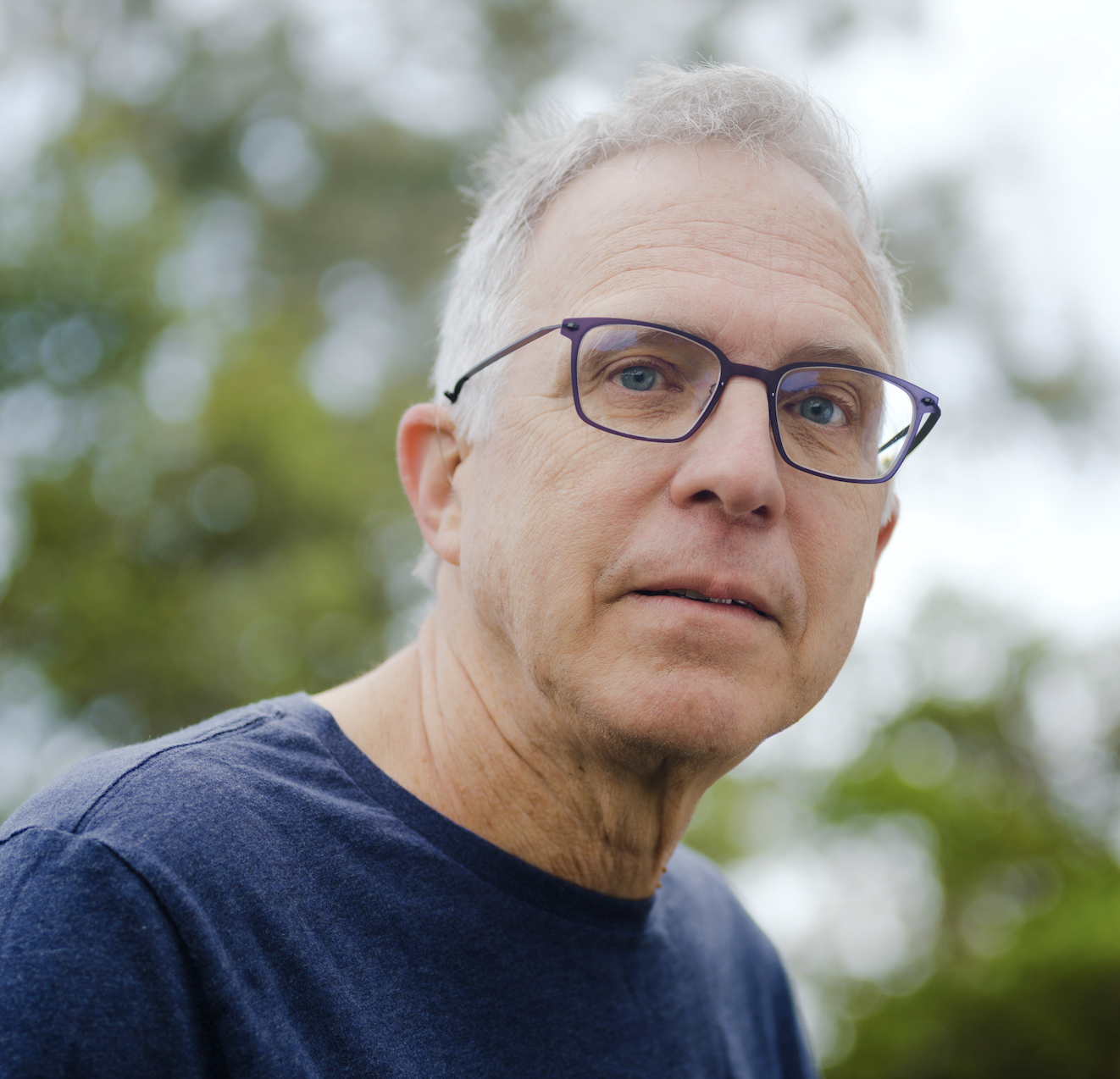
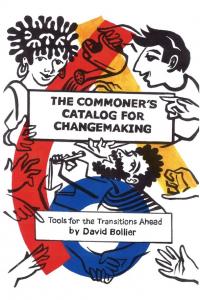
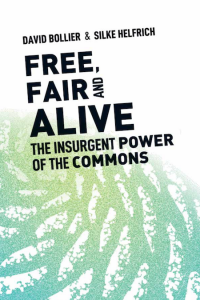
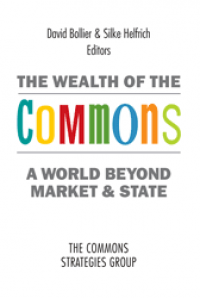
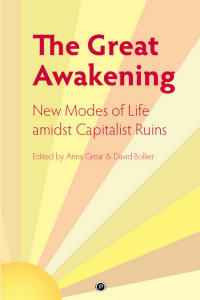
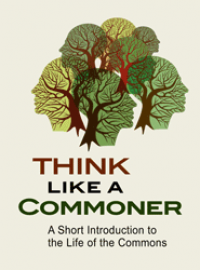
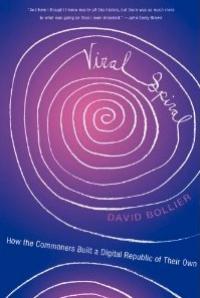
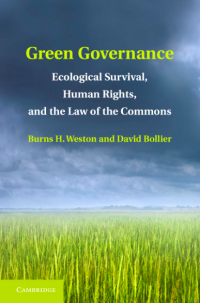
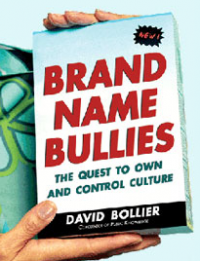
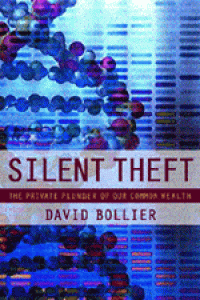
Recent comments